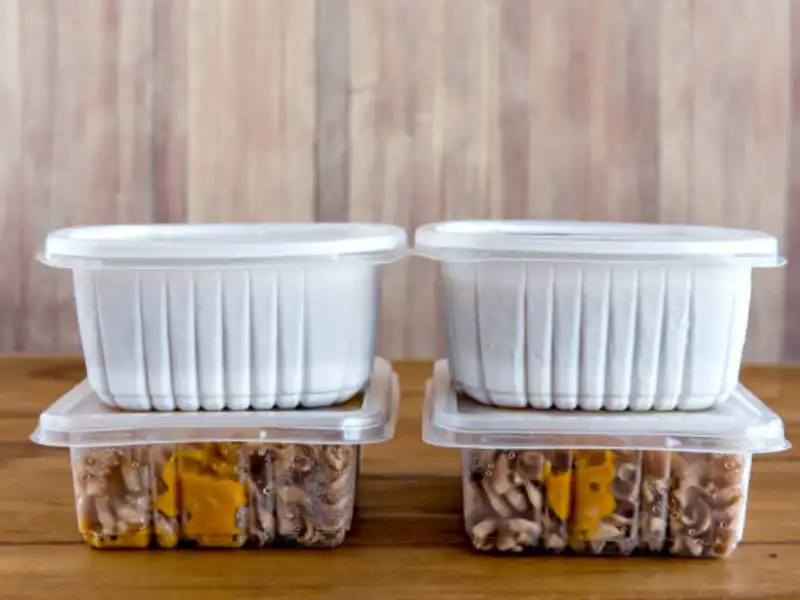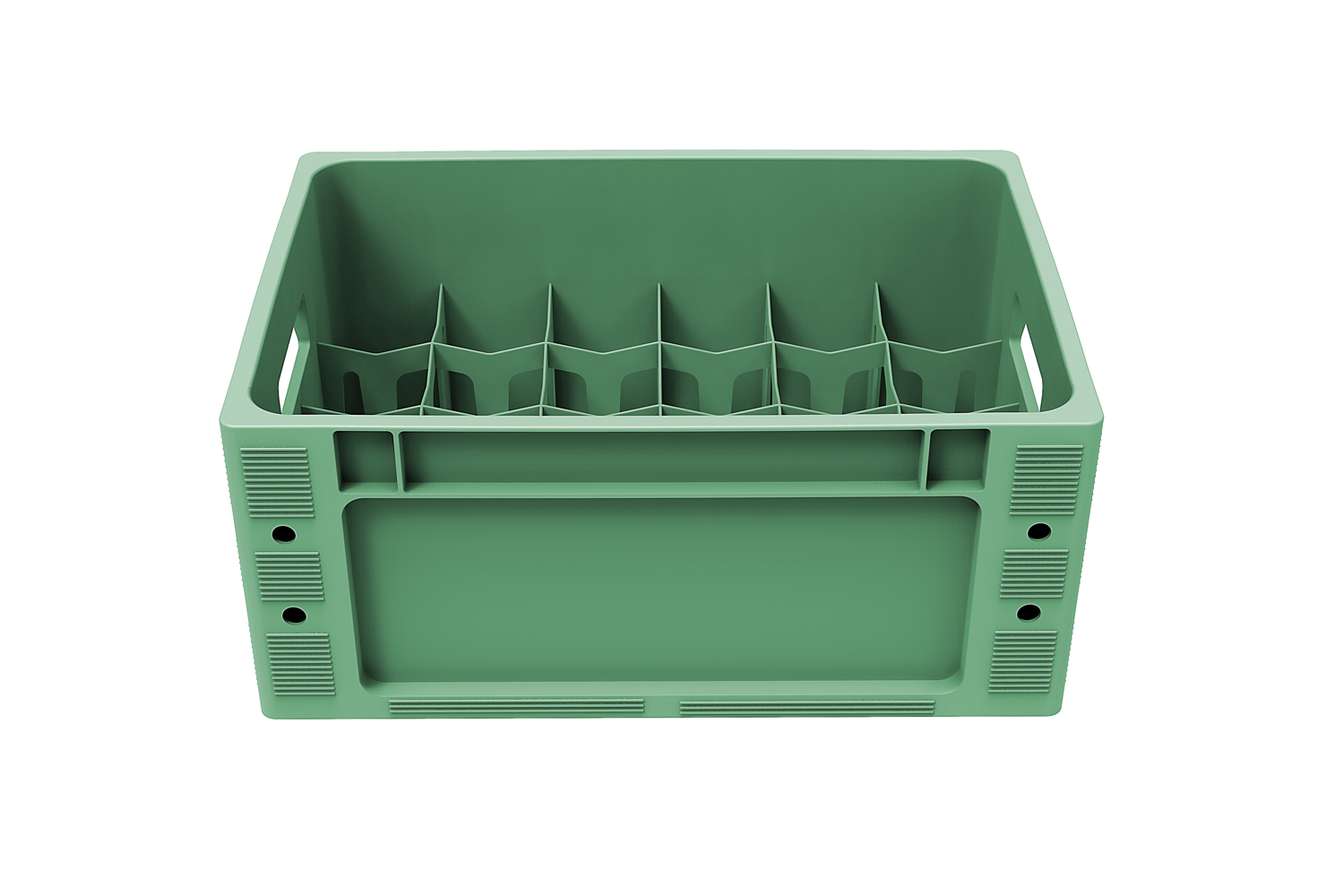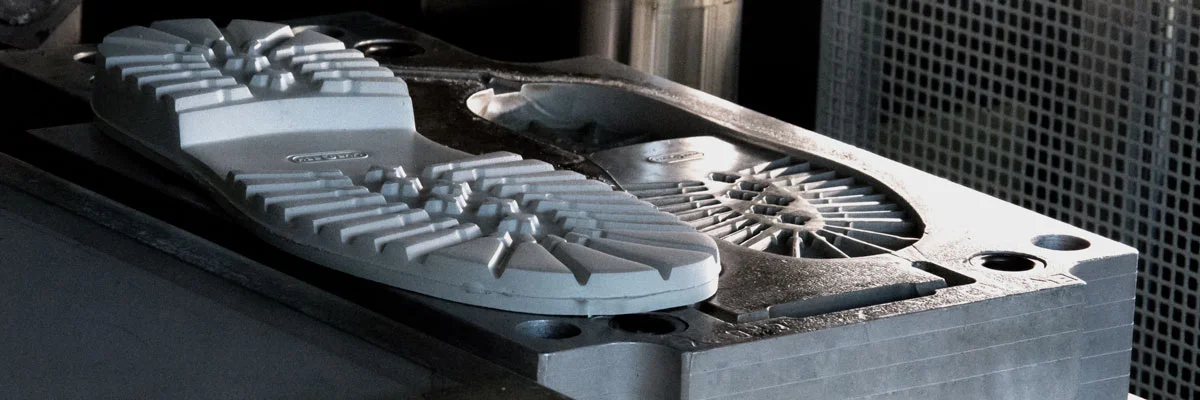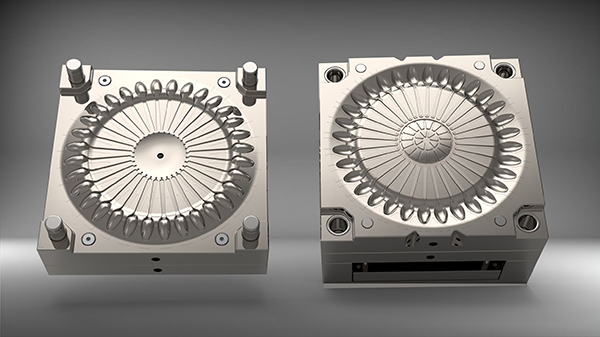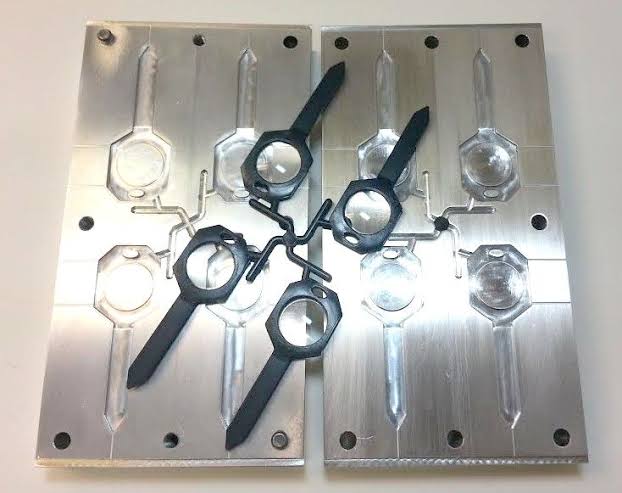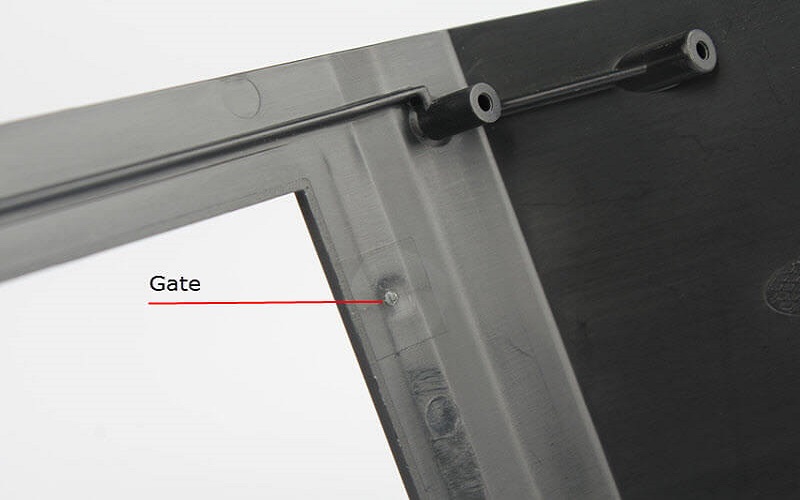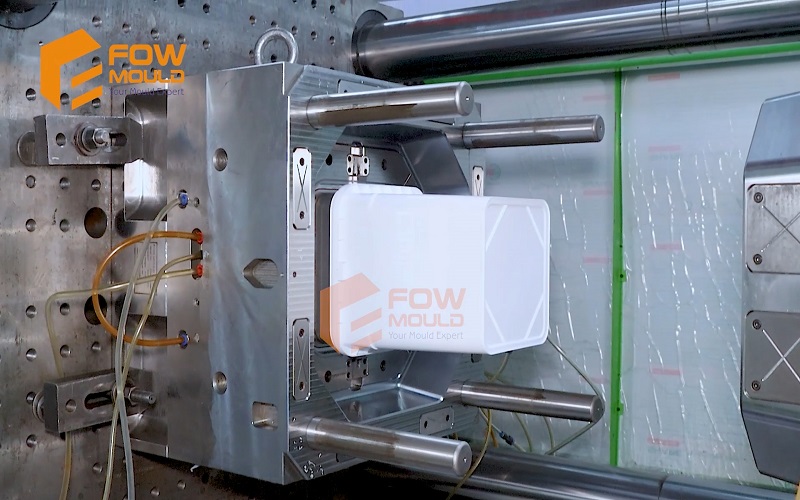
How Is CNC Machining Used for Injection Mold Making
- Home
- > Blog
CNC machining goes hand in hand with molding processes, and for this reason, many companies that supply plastic injection molding service always rely on a number of CNC machining for a number of reasons. Having been used for many years successfully in various sectors of manufacturing, CNC machining is extending its influence to injection molding.
We are going to explore how CNC machining is used in injection molding, the benefits it brings to the process, the challenges that arise from combining the two, and their place in the future of manufacturing.
Table of Contents
What is Plastic Injection Molding?
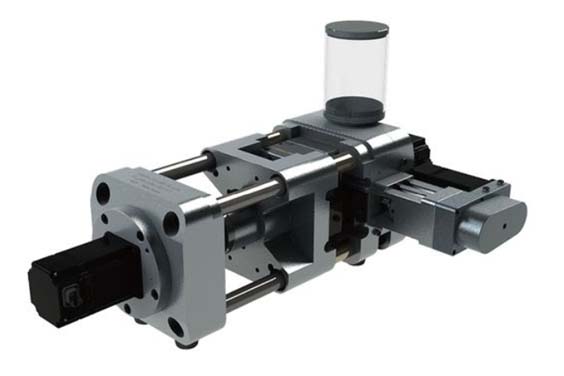
Source: Pinterest
Plastic injection molding is a process that involves the insertion via injection of molten materials into a pre-set mold to create a product that takes the exact shape of the mold crate. Most times, the injected material is molten thermoplastic which is heated in a barrel before being injected into the mold crate. Once the required amount is attained, the mold is allowed to cool until it solidifies, creating the product. This is the ejected using a special mechanism, leaving the mold empty for the next injection to take place.
The process is fast, depending on the size of the item being molded, and it can take between 10 seconds to a maximum of two minutes. This makes it an ideal process for the mass production of high-quality identical products. There are a number of industries that rely on injection molded parts, and they range from aerospace engineering, the auto molds, furniture molding, baby products, among many others. The parts are preferred by all these high capacity industries because of their reliability, high quality, and the fact that they have very few weaknesses that are in line with the international safety standards set out for the aerospace and automotive industries.
What is CNC Machining?
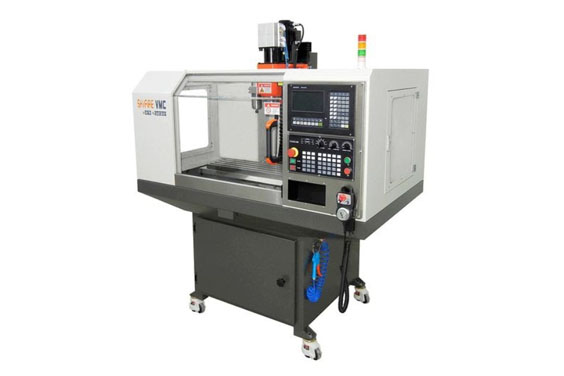
Source: Pinterest
CNC machining is a subtractive method of manufacturing that takes away materials from a workpiece to leave a product behind. It is a computer-aided high-capacity process that relies on technology and a number of specialized tools to make cuts and holes to attain the desired shape of a product. The machine is fed a file that is readable. Once the machine decodes the file, it is then able to execute to the very last detail. It is fast, efficient, and highly reliable as it can be used for the toughest jobs and work on any type of material, no matter how tough it may be.
There are about 5 CNC machines in use today, each designed for a specific function. They include lathe machines, milling machines, plasma cutting machines, laser cutting machines, and drilling machines.
How CNC Machining Is Used for Injection Molding
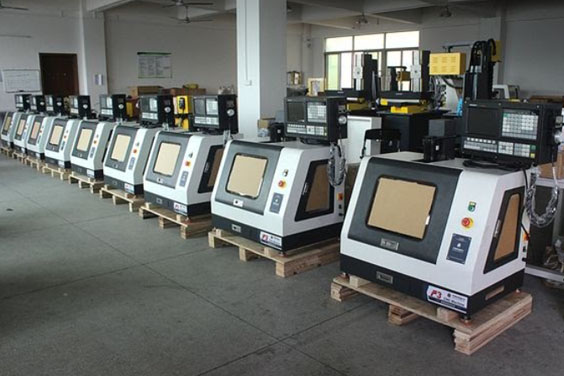
Source: Pinterest
A huge part of CNC machining involves cutting and reducing workpieces to create products, while injection molding is the addition of materials to create products. So how do these two opposing processes combine into seamless teamwork? CNC machining is the most reliable method used to create molds for injection molds. These mold crates are usually made out of metal so they can withstand high temperatures. CNC machines have the right cutting and drilling tools necessary to make precise molding crates using any type of metal, even the hardest one of them all, stainless steel.
CNC machines can also be used to create the melting barrels and cauldrons that are used to melt raw materials for injection molding. They can also be used to fashion the nozzles that are used to direct the molten material into the molding crates. All these metallic parts have to be of the right measurements to ensure that the products come out identical to the last detail. Uniformity is important in manufacturing since consumers associate it with quality.
CNC Machining vs. Injection Molding
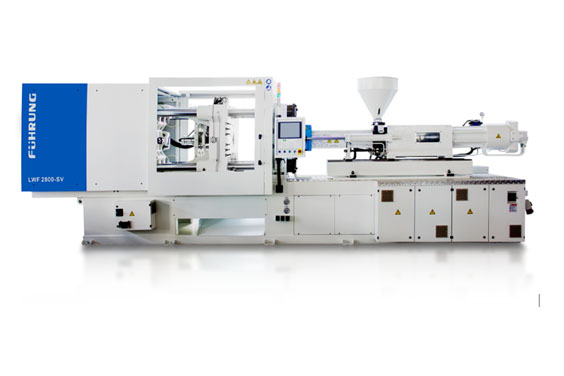
Source: Pinterest
Having established how each of these processes works, how do they compare to each other? Can they be used side by side in the same workstation? What are the benefits that each brings to the table? The following is a head-to-head comparison of CNC Machining and Injection Molding.
| FACTORS | CNC MACHINING | INJECTION MOLDING |
|---|---|---|
| Lead Costs | CNC Machining only require the CAD file to be created and fed into the machine, and it will be running in no time | Injection Molding requires the mold to be created, calibrated and the raw materials melted before anything is done. This translates to high lead costs |
| Speed | CNC machining is very fast. Once the file has been loaded, and the machines fired up, work starts immediately and maintains that high pace till the end. | An injection mold takes time to be set up, but once it begins, depending on the size of the product being made, it can be fast. |
| Volume | CNC machining is great for making high-quality products but doesn’t do so well when it comes to high-volume production. It is ideal for processes that prioritize precision and quality over numbers. | Injection molding is the best choice for high volume production since the caret mold remains unaffected no matter how many materials are injected into it. |
| Materials | CNC machining can deal with any material known in the manufacturing process, even tougher ones like steel. However, due to the power of the tools used, softer materials like plastics tend to suffer as they can get distorted pretty quickly | Injection molding uses a varying number of materials but works better with plastics since they have a low melting point that doesn’t require a lot of energy. |
| Tolerance | When it comes to tolerance and surface finish, CNC machining takes the crown here since the tools used are of higher quality. | The surface finish may not be that good but repeatability is the biggest strength that injection molding brings to the table. It can be used to produce identical batches of products. |
| Design | CNC Machining relies on CAD programs to make the designs. These can be altered at any point of the production at no consequence. | Injection molding designs depend on the molding crate. Once it has been set, the only way a design can change is if a new molding crate is loaded. |
So what’s the verdict? Each of these processes has a task they are best suited for. If you can find a way to combine them, then that would help boost your production capacity. If you deal with plastics predominantly, injection molding is what you should go for. If you are dealing with tougher materials like metals, then CNC machining should be in your books.
Conclusion
As manufacturing takes on a new shape in the name of the automation. The production techniques that have been used for ages are either being phased out or being developed to keep up with the pace of technological advancements. Injection molding and CNC machining are among the innovative techniques that are developing at a very rapid pace. It is easy to see how they will be central to the future of manufacturing. If you have been finding it hard to make a decision between these two, don’t fret too much. Get in touch with us, and we will be happy to answer any of your questions and give you all the direction you need.

